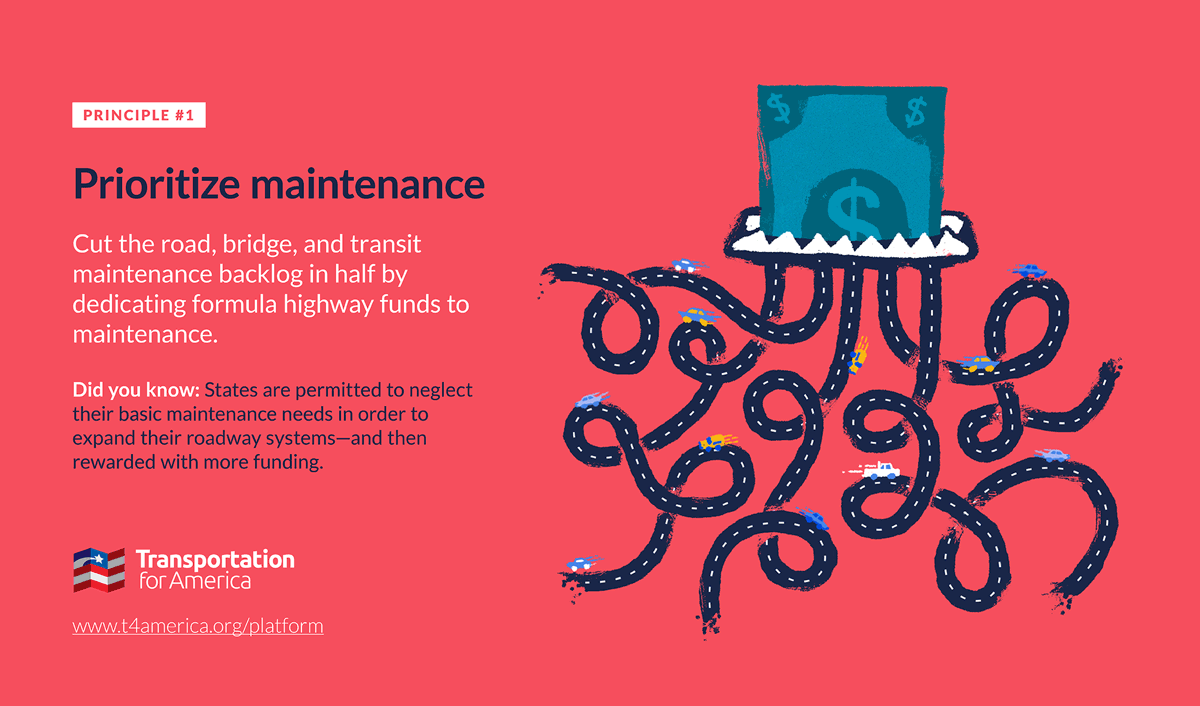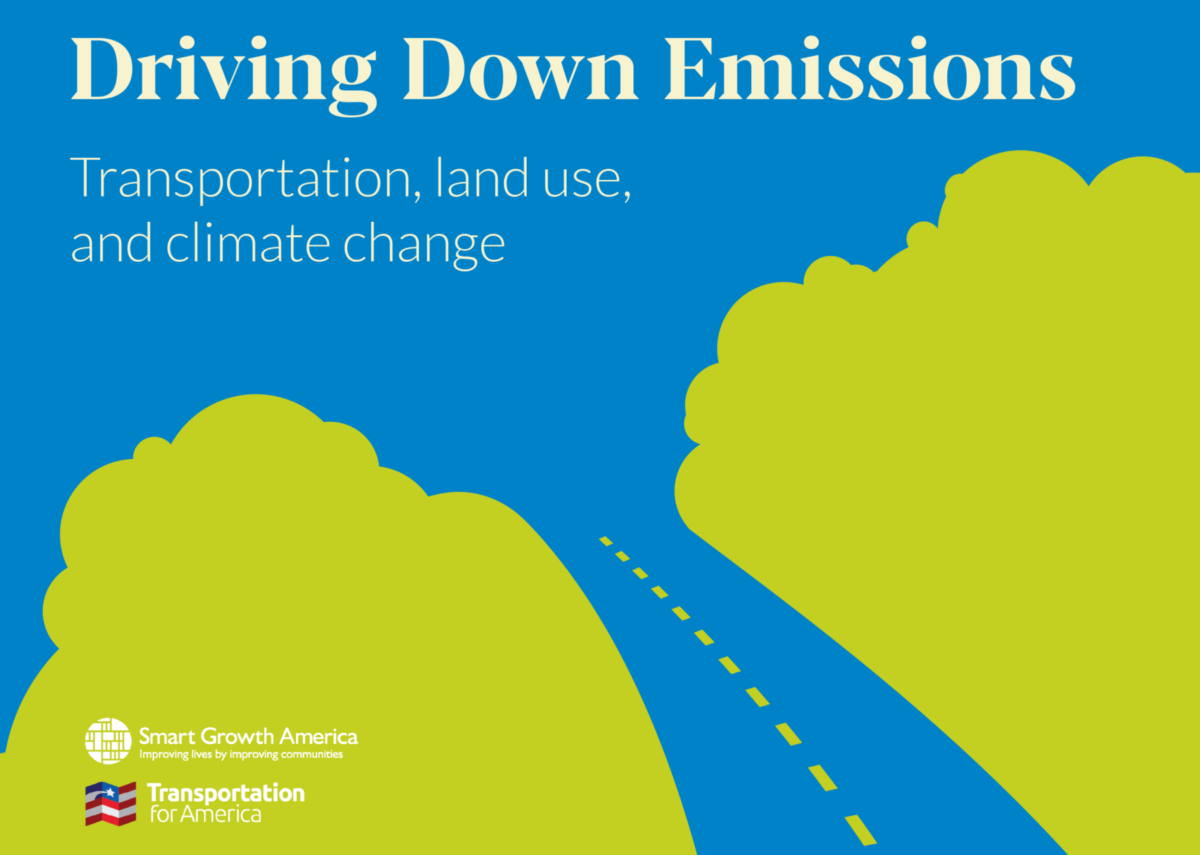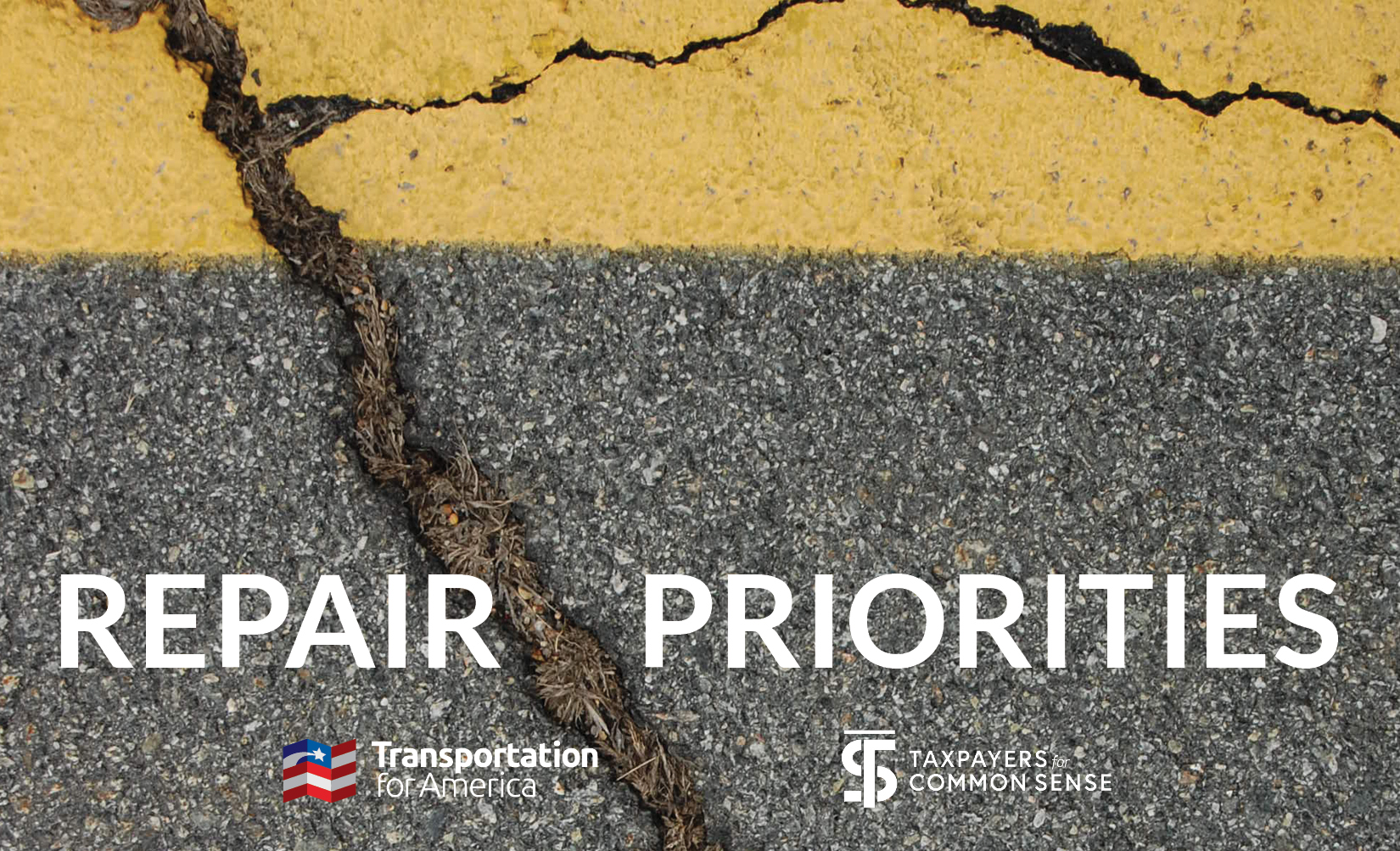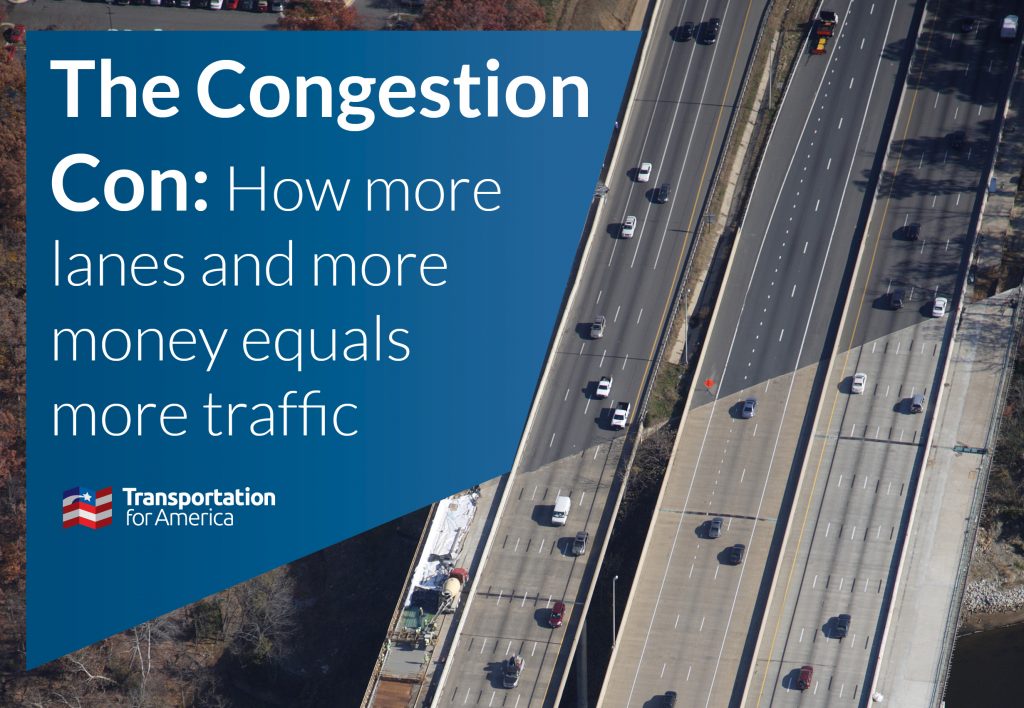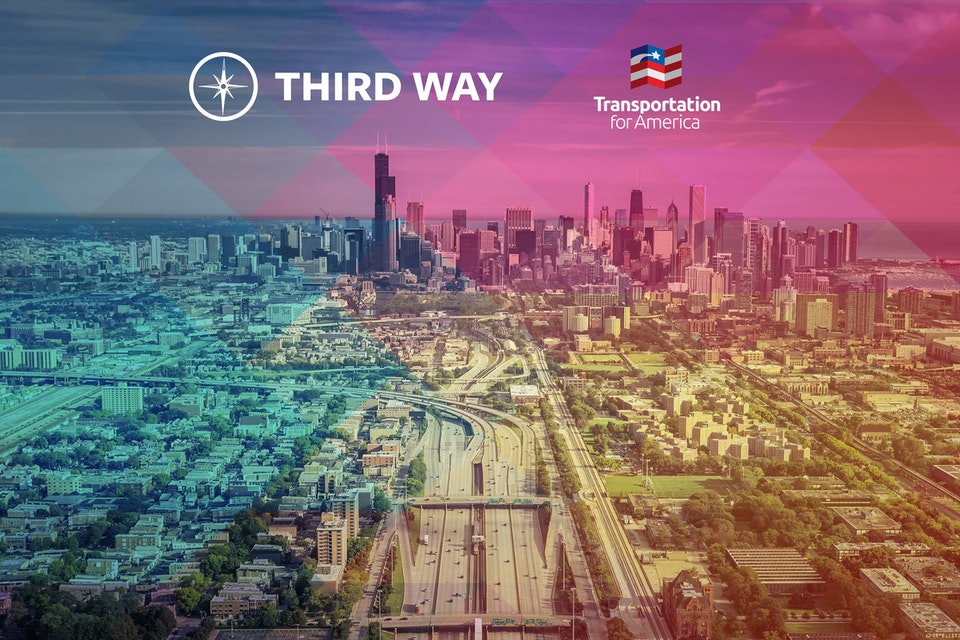Author Archive
The infrastructure stimulus will do more harm than good if policy doesn’t change
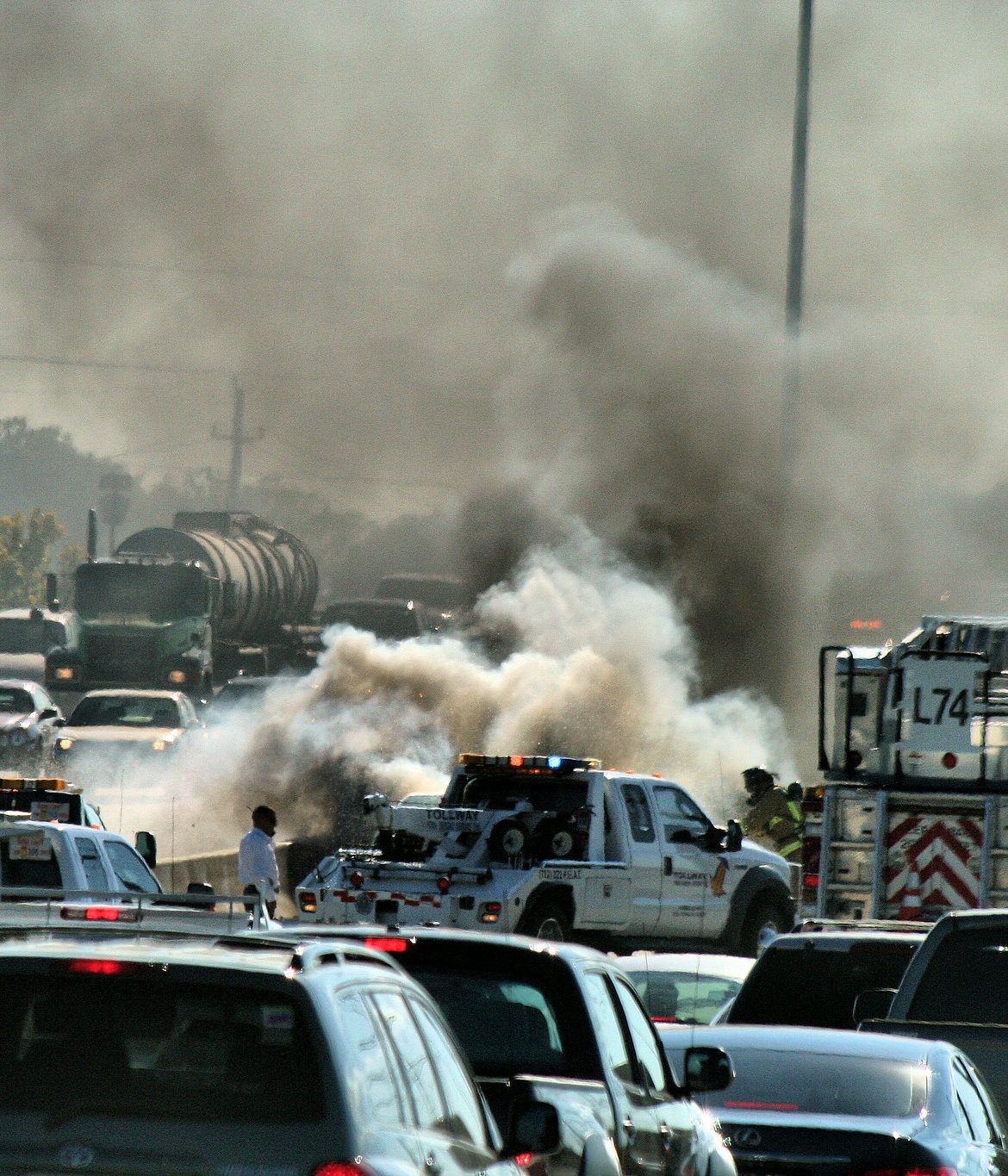
The Biden administration is preparing to release an infrastructure stimulus package, potentially as soon as next week. We’re having flashbacks to the Recovery Act of 2009, a package that missed a lot of opportunities. Here’s why the way funding is allocated matters as much — if not more — than how much funding is proposed.
If we want equitable smart cities, we need support from philanthropy

Everyone agrees that smart cities—places that deploy technology to deliver government services and improve quality of life—are the future. City leaders and staff are inundated with these new mobility products but have limited capacity to ensure that they are deployed in ways that lead to equitable and sustainable outcomes. Our director Beth Osborne explains why cities, states, and non-profit actors need philanthropic support to pursue policy research and projects that make equitable, sustainable smart cities a reality.
A bipartisan transportation bill isn’t always good: but it can be
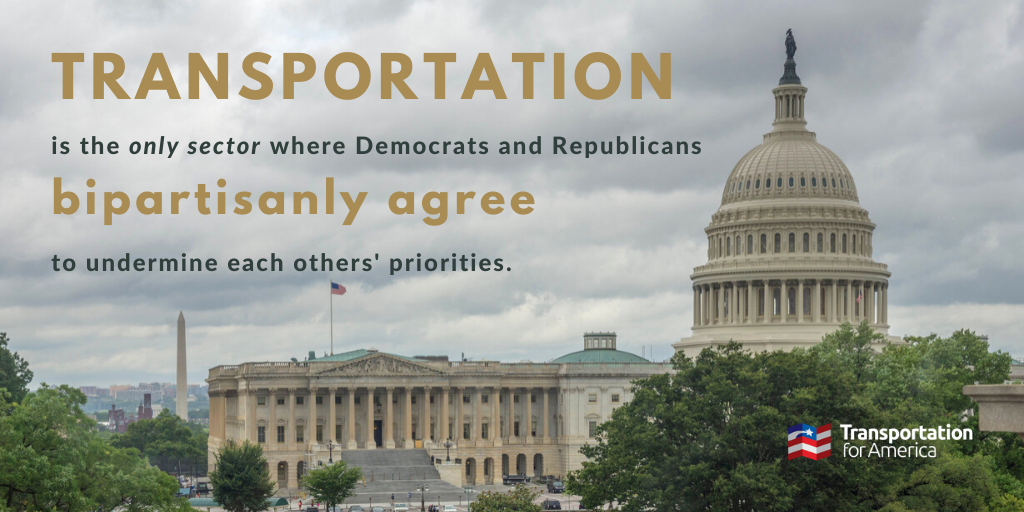
Last summer, the Senate Environment and Public Works Committee passed a transportation bill lauded by both sides of the aisle. While the bill was indeed bipartisan, it does great damage to the priorities of both the Democrats and Republicans. Our director Beth Osborne explains why bipartisanship on its own doesn’t make a bill good, and how it’s possible to create a transportation bill that achieves both parties’ objectives.
It’s time to define transportation success by what actually matters to people: getting where you need to go
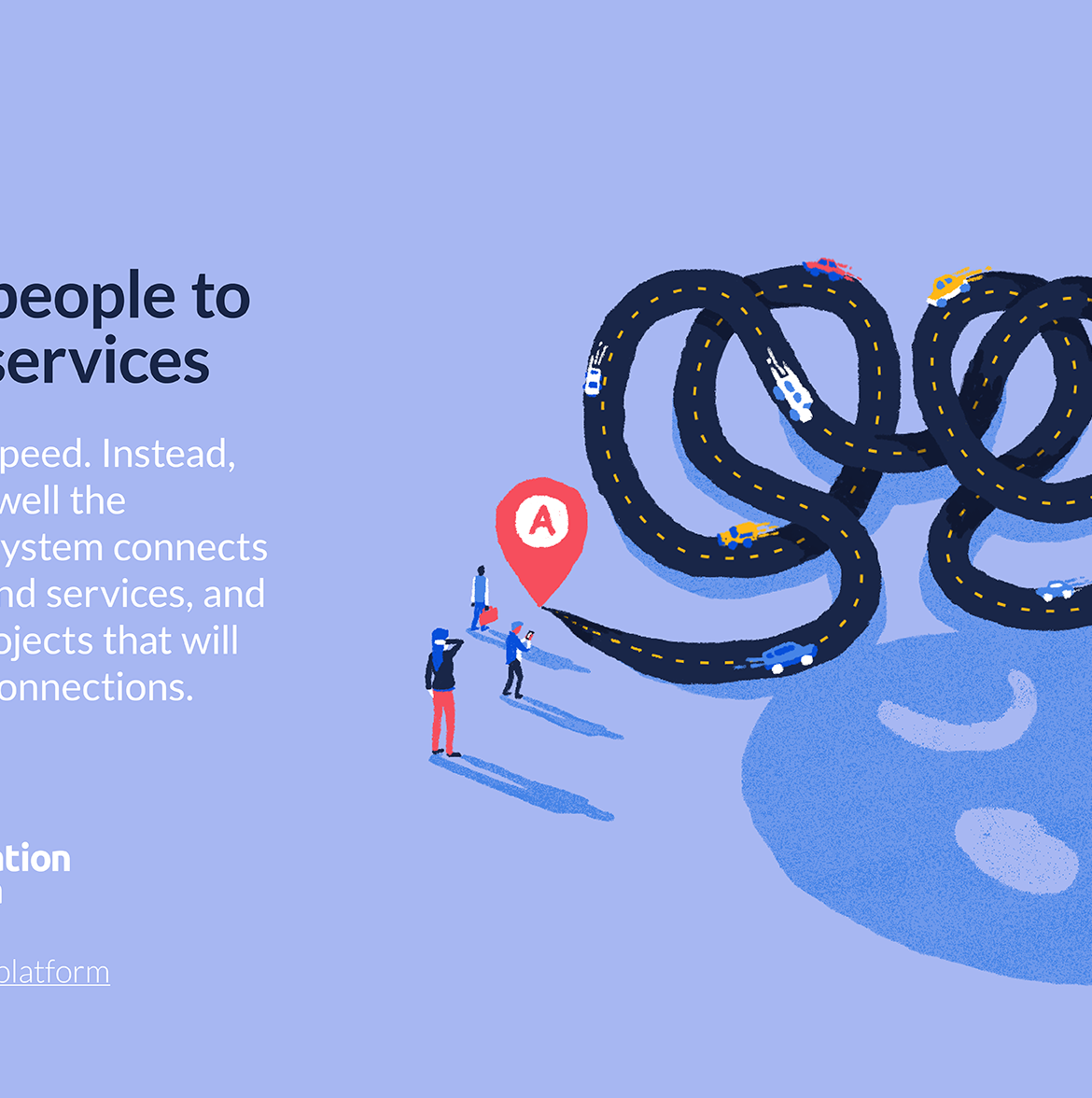
For decades, transportation departments have been measuring the wrong thing: vehicle speed. Instead of measuring the speed of a car, we should measure the success of our transportation system by how many jobs and services people can access safely, quickly and affordably.
Safety over speed week: There’s one thing that almost every fatal car crash has in common
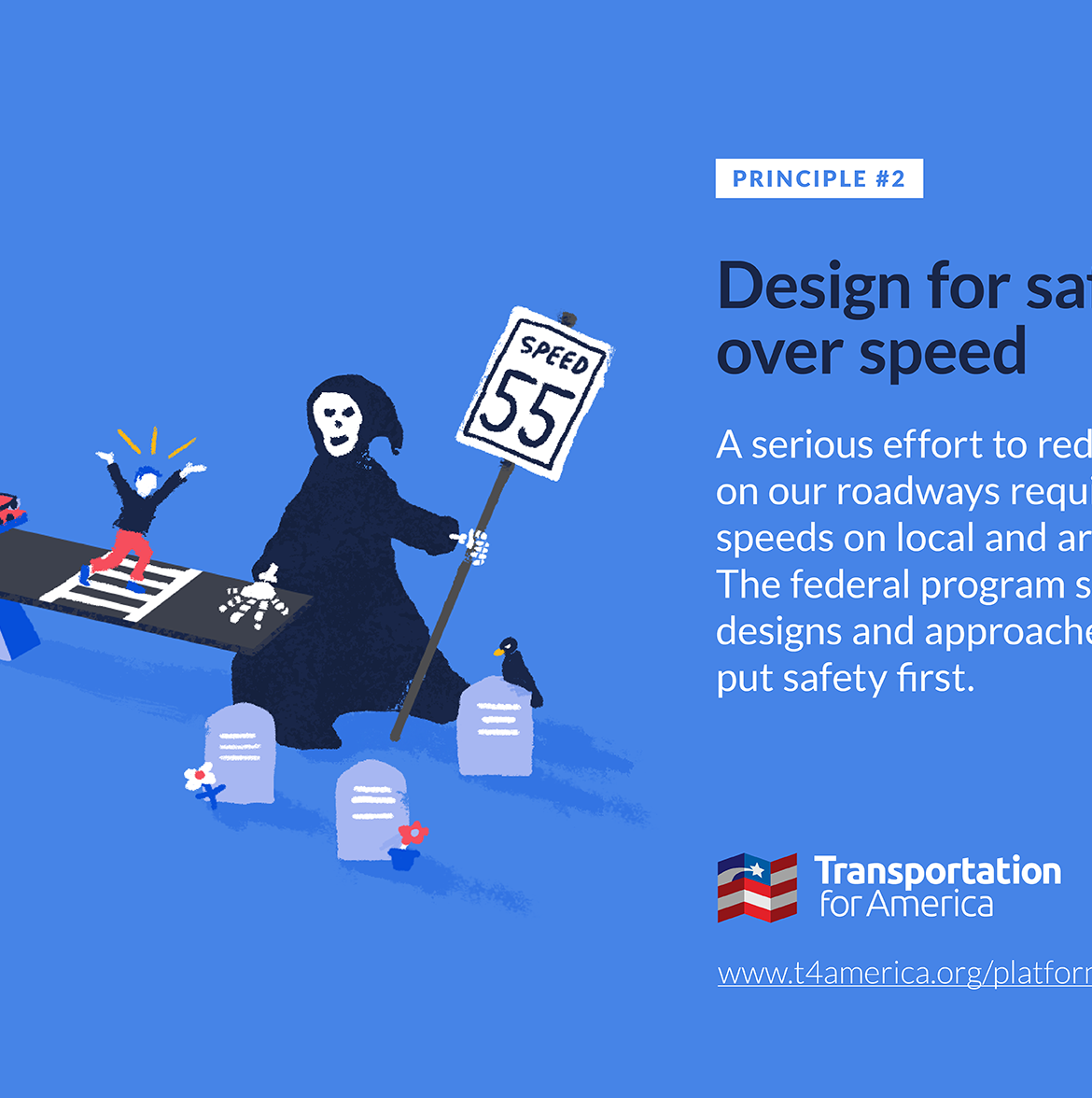
We face an epidemic of people struck and killed while walking and biking because our local streets—not just highways—are designed to move vehicles at the highest speeds possible rather than prioritizing the safety of everyone. It’s high time to stop sacrificing safety on the altar of speed with the billions that we spend every year. Here’s how Congress could make that happen.
It’s time for Congress to actually set a goal for repairing our infrastructure
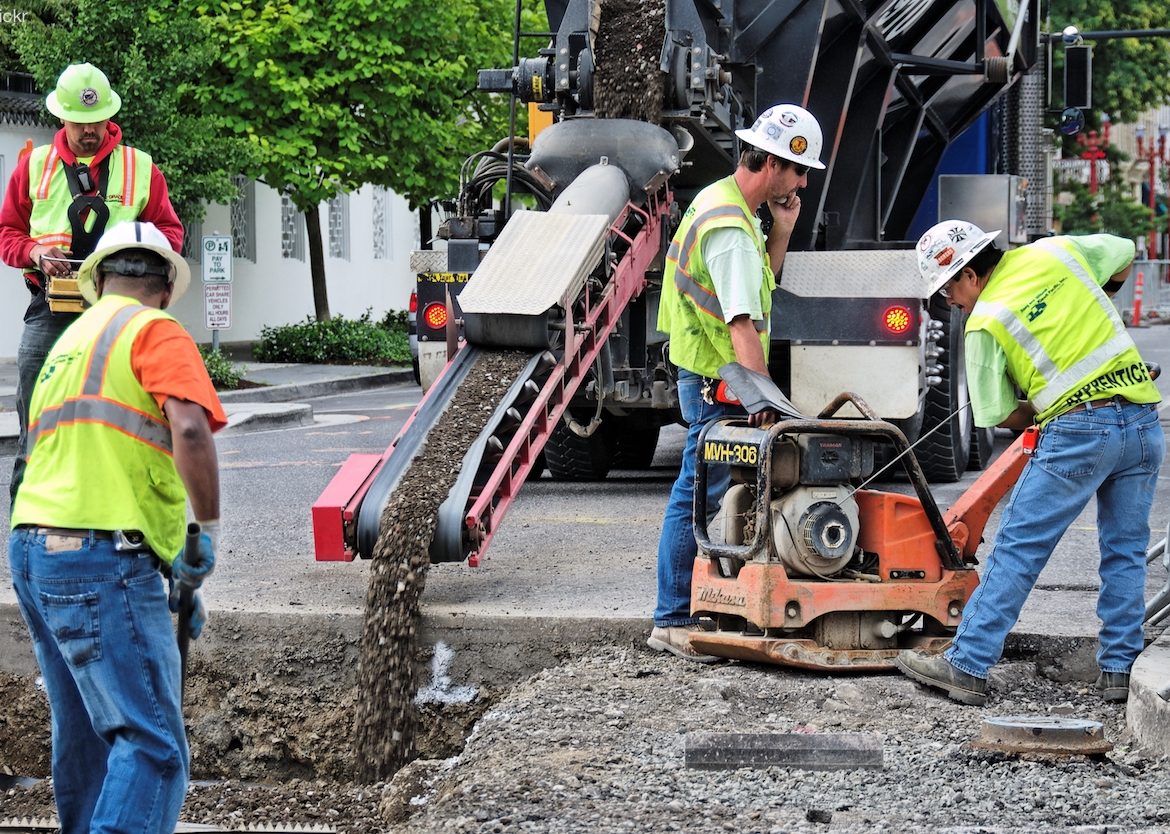
We shouldn’t build new roads before fixing the ones we have. But that’s not how the federal transportation program is designed. Despite funding boosts, our backlog of maintenance needs have only increased because there is no requirement that federal funds be spent on repair.
Explaining our three principles for transportation investment
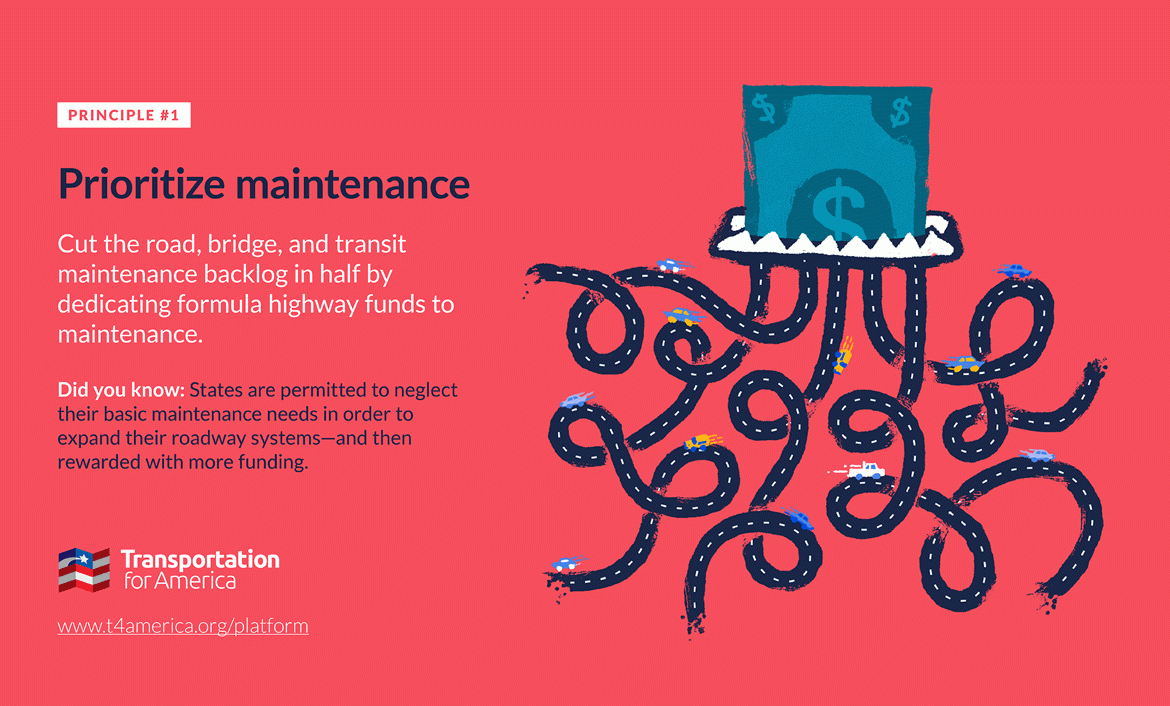
Today, T4America is releasing a new set of three concrete, measurable principles for transportation investment.
Why we are no longer advocating for Congress to increase transportation funding
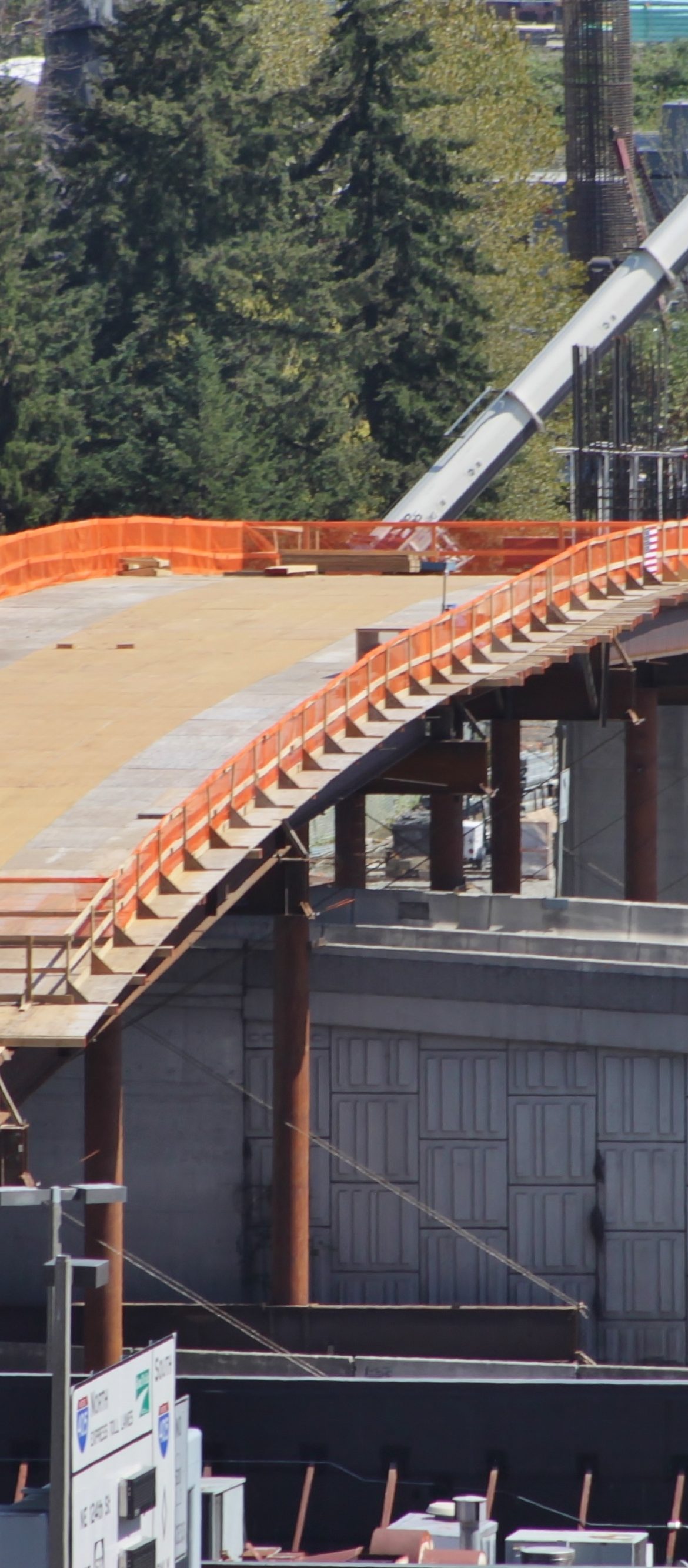
Since our inception in 2008, Transportation for America has always primarily advocated for reforming the federal transportation program. But raising the gas tax or otherwise raising new funding overall has also been a core plank of our platform since 2013. With the release of our brand new policy platform and principles coming this Monday, Transportation for America is no longer asking Congress to provide an increase in money for federal transportation program. Why?
There’s a reason why Missouri voters twice rejected gas tax increases
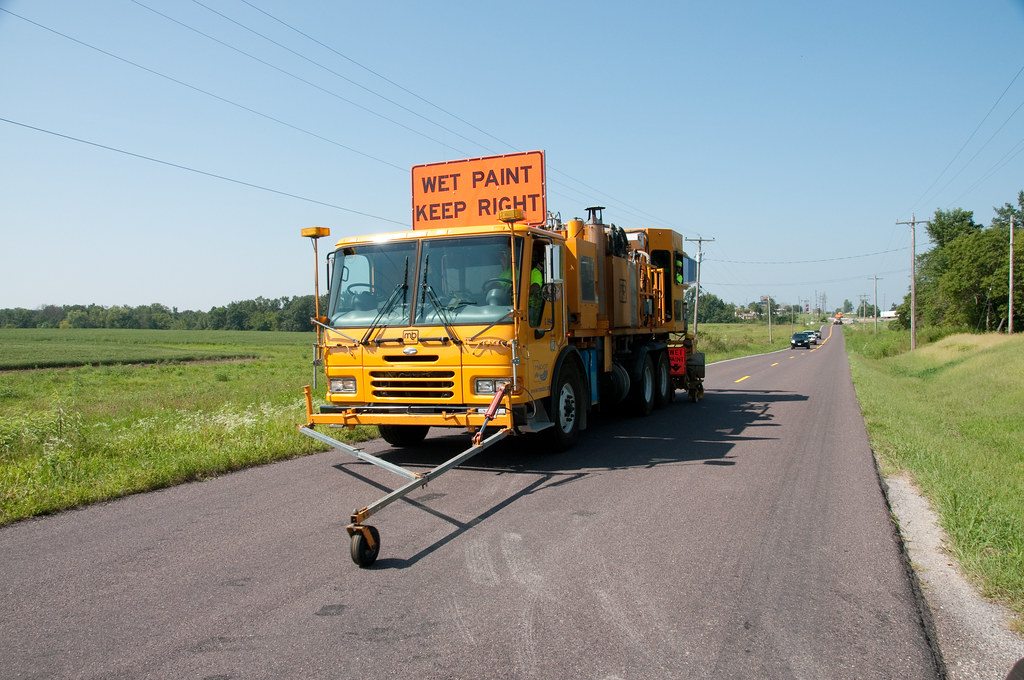
Missouri spends more of its transportation budget on building new roads than maintaining its existing roads—23 percent of which are in poor condition. If it did a better job prioritizing maintenance, perhaps it wouldn’t need to ask taxpayers for a bailout. The state of Missouri gets over $1 billion a year from the federal government […]
We must address the climate crisis—which requires changing transportation and land use

The transportation sector is the largest source of greenhouse gasses in the United States and it’s also the one that federal officials have the most control over with the power of the purse. Yet the Green New Deal is largely devoid of the bold reimagining of federal transportation spending which encourages more roads, more driving, more sprawl, and more emissions.
“We count on T4America to lead at the national level”
“If Transportation for America doesn’t do what they do at the national scale, we would be in trouble at the local level. We count on them to lead at the national level and equip us with the knowledge and expertise to do the same locally.”
Why don’t DOTs pick routes like we do?
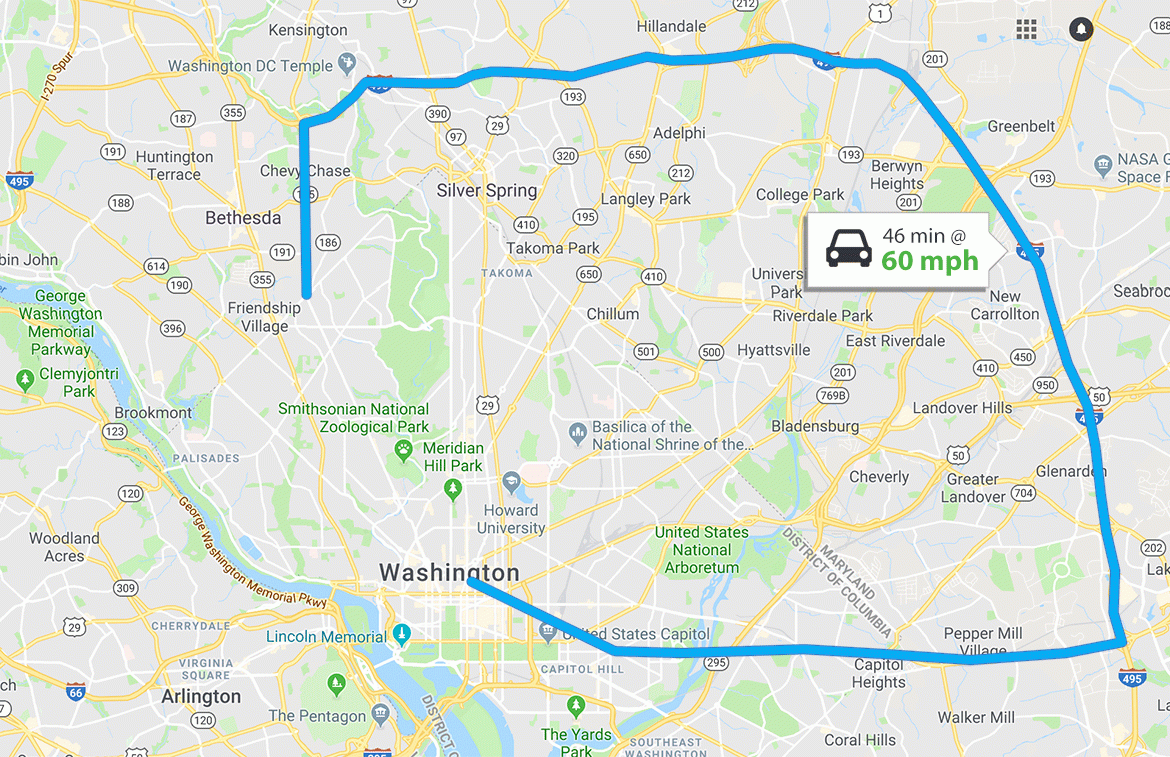
Your GPS gives you the choice of two routes. One would take 15 minutes, but you’d travel at only 20 miles per hour. One would take 46 minutes, but you’d get to travel at 60 miles per hour. Which do you pick?
The hosts of Capital Ideas 2018 are working together for a more connected Atlanta region
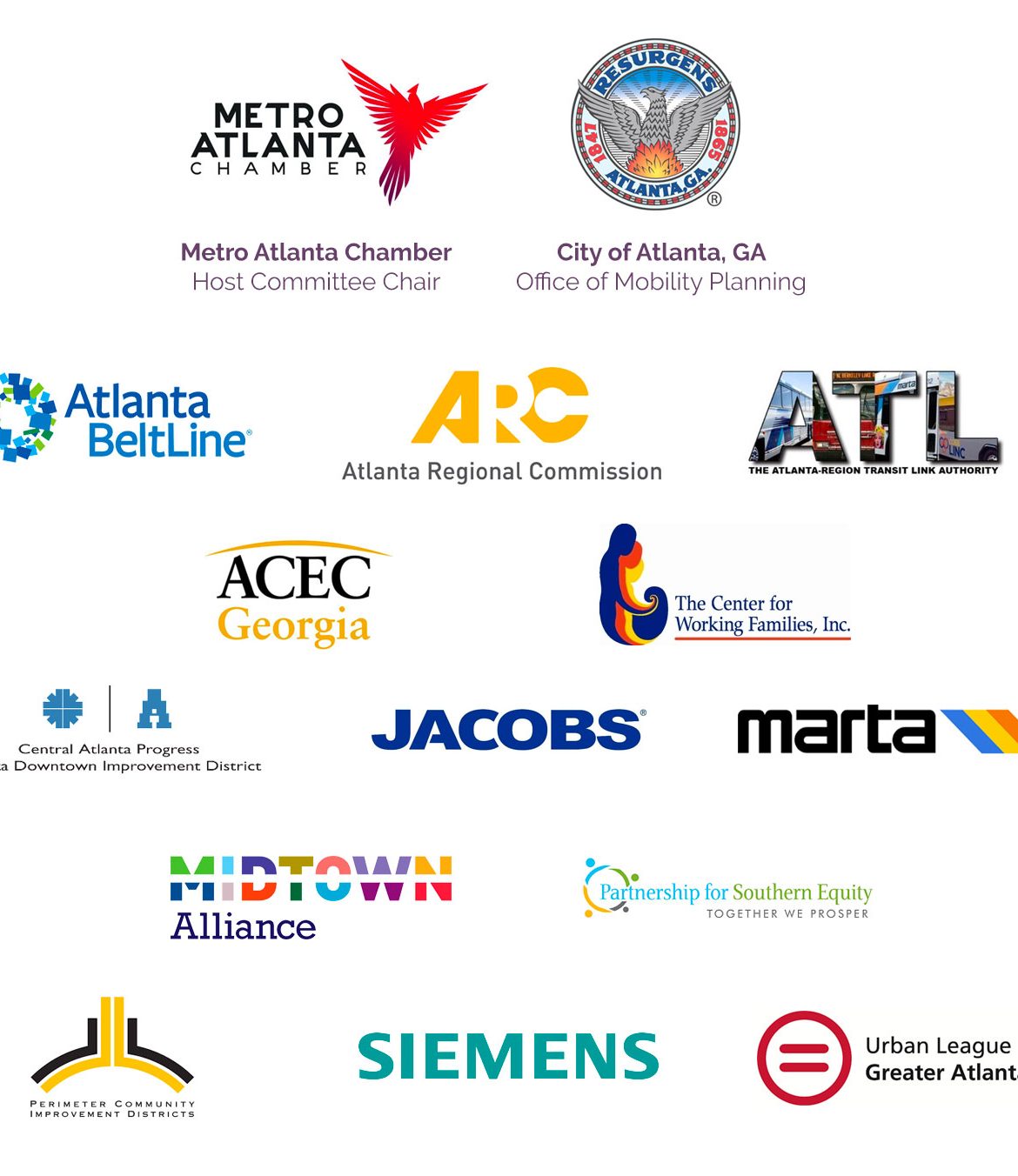
Atlanta, GA isn’t just the location of Capital Ideas 2018 — the region itself is part of the agenda. This work takes partnership, and we are proud to have more than a dozen organizations working for a more connected Atlanta region serving as our Host Committee for this year’s conference.
What we’ll be talking about at Capital Ideas 2018

No matter where your state is in its transportation work, Capital Ideas 2018 will have inspiration and expert advice for where to go next. Here’s a first look at the agenda for this year’s event.
Choosing transportation projects that actually match our priorities
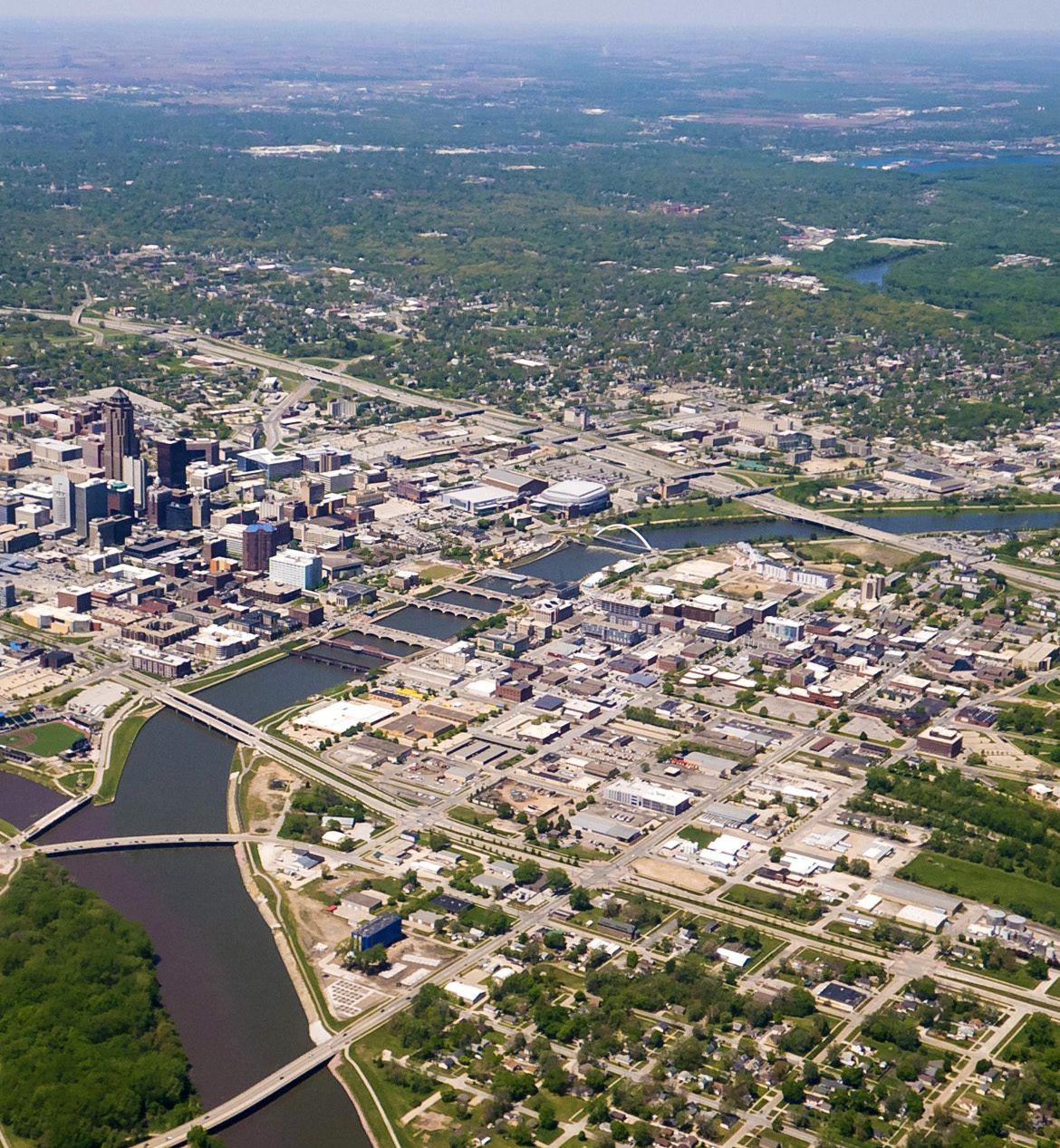
Transportation for America recently wrapped up a year of work with six metro areas to direct their transportation dollars to projects that help them achieve their goals and become the kinds of places they aspire to be.
What applicants need to know about TIGER’s replacement program: BUILD
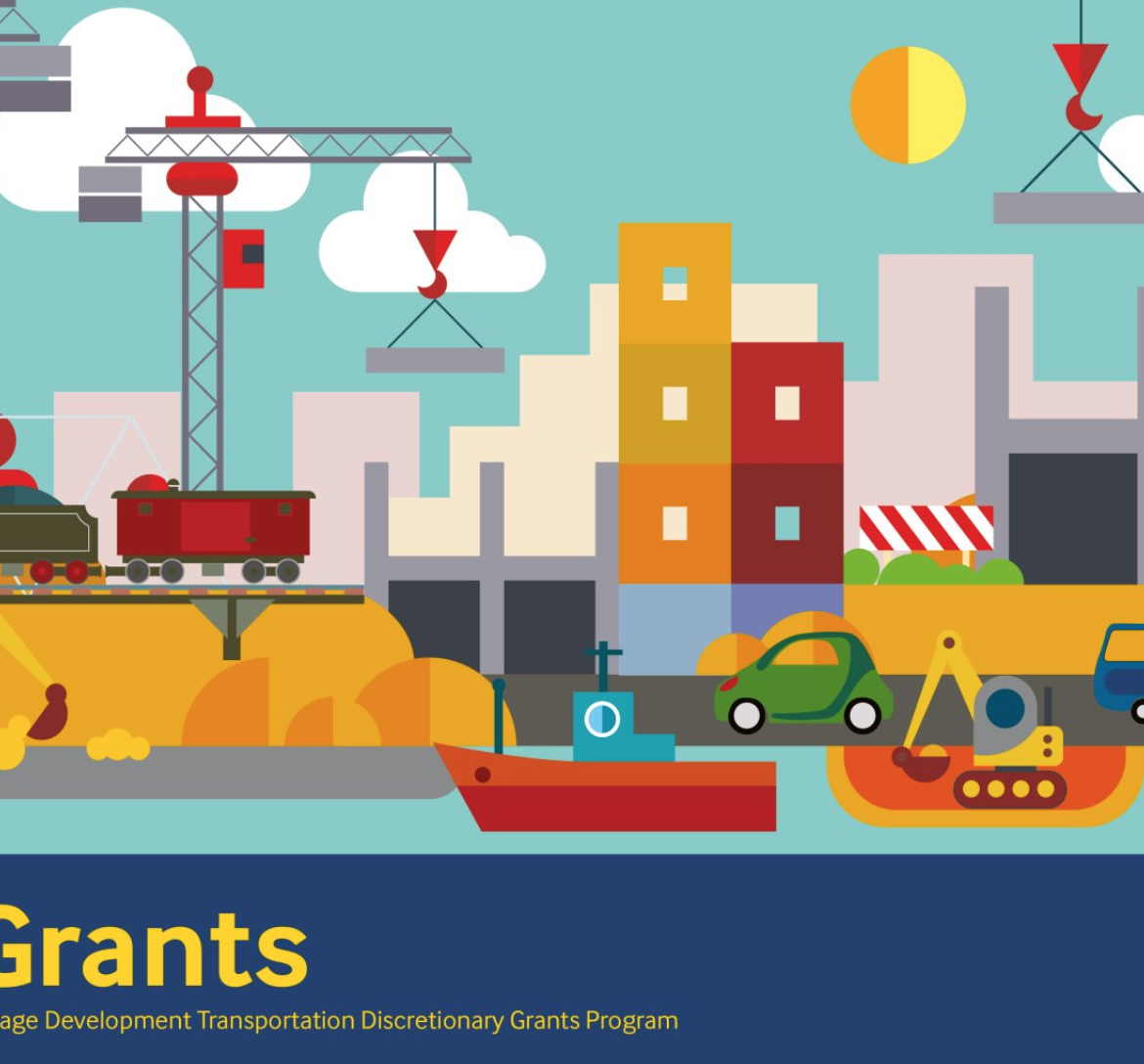
Applications for BUILD (formerly TIGER) are now open. Having run TIGER at USDOT for the first few round, I want to take a deeper dive on what’s new with BUILD and add some context.
Hawaii can reach their clean energy goals with the help of smarter growth and land use
 Ten years ago, Hawaii set ambitious goals to reduce their dependence on imported oil and create a clean energy future by 2045. To meet those goals, Hawaii must pair electrifying their vehicle fleet and increased renewable energy with smarter land use.
Ten years ago, Hawaii set ambitious goals to reduce their dependence on imported oil and create a clean energy future by 2045. To meet those goals, Hawaii must pair electrifying their vehicle fleet and increased renewable energy with smarter land use.
Providing a roadmap for starting passenger rail service between New Orleans and Baton Rouge
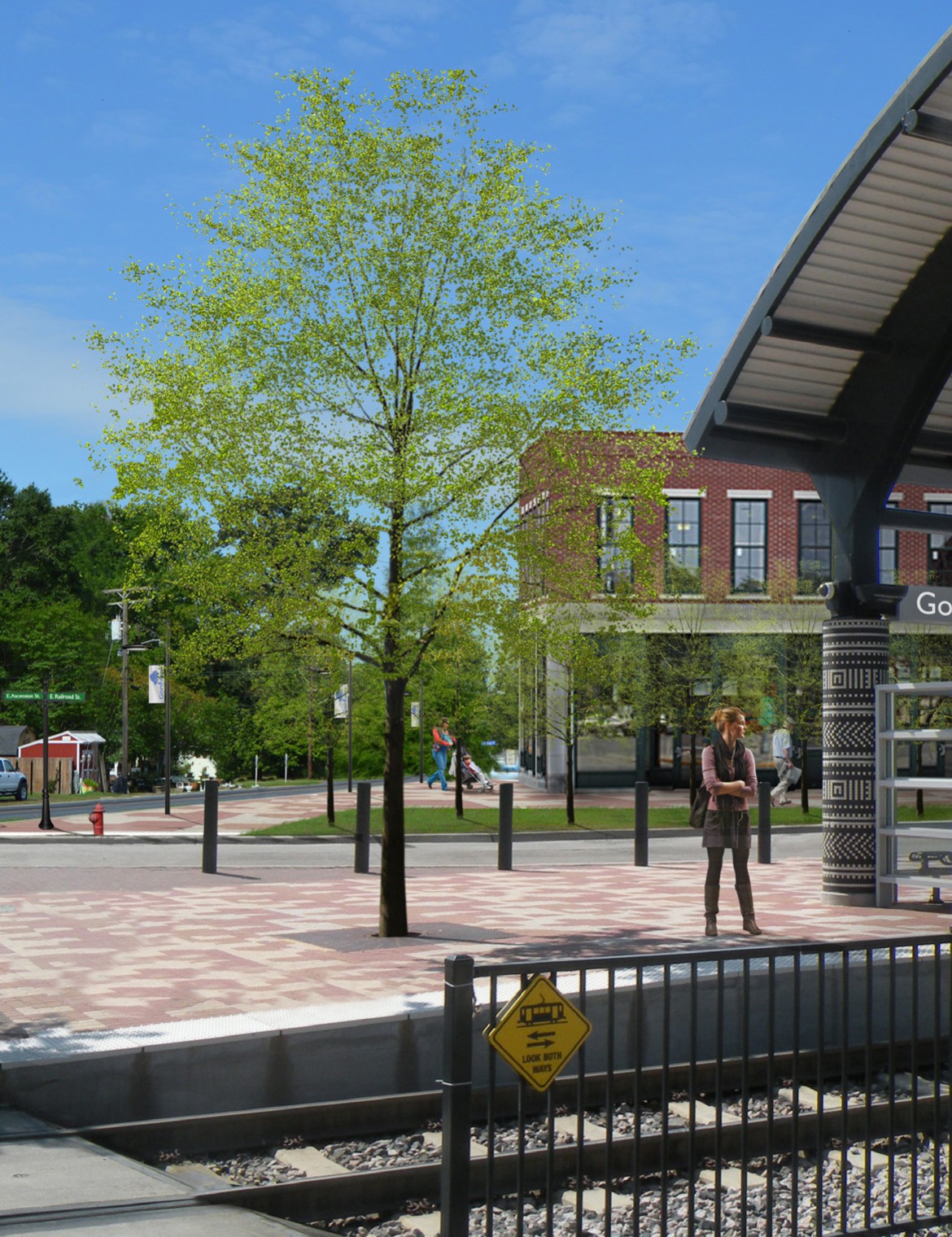
New Orleans and Baton Rouge are the two biggest cities in Louisiana, but they lack a passenger rail connection of any kind. On Monday, The Southern Rail Commission released this document, authored by Transportation for America’s Beth Osborne, that provides the Louisiana governor and legislature with a how-to guide for starting daily passenger rail service between the two cities.
Credit where it’s due: With repair rule, the feds listened to public comment
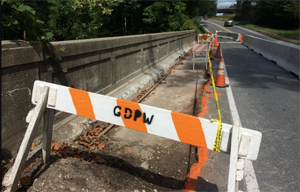
In developing new standards for ensuring our roads and bridges are kept in good condition, officials at the U.S. DOT did something skeptics would find surprising: They really listened to public comment, and reflected it in the newly released rule.





